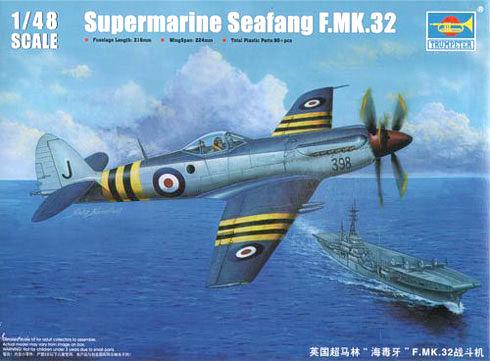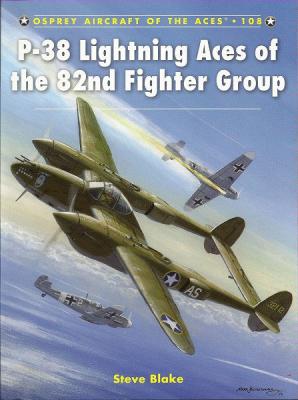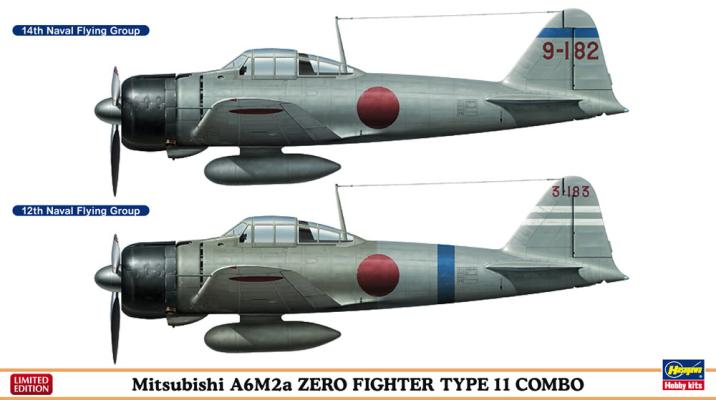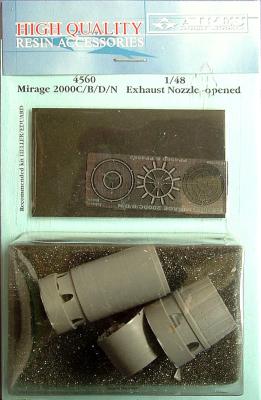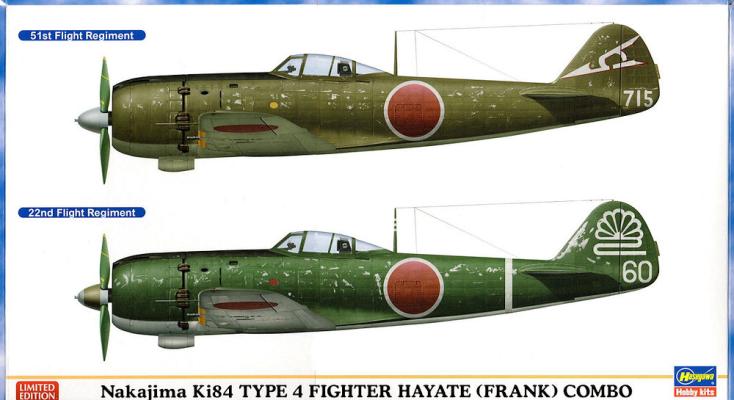History Brief
The Seafang was essentially a Spiteful redesigned for the Royal Navy carrier use. Two prototype Seafang MK.32s were ordered on March 12, 1945, followed by an order for 150 Seafang MK.31s on 7 May 1945. To expedite entry into service, the interim Mk.31 was ordered, which was a navalised Spiteful with a tail hook, allowing the MK.32 to be developed. The Mk32 featured a contra-rotating propeller (eliminating engine torque), power folding outer wing tips, and a proper arrester hook.
The Product
Kit features very nice engraved panel lines, weak cockpit details, nice gear bays, reconnaissance camera, optional position flaps and wing tips, working prop, and 3 decal options. My sample was flash-free and well packaged in a sturdy box. Also included is a photo-etch fret for the radiators and an excellent color plate.











